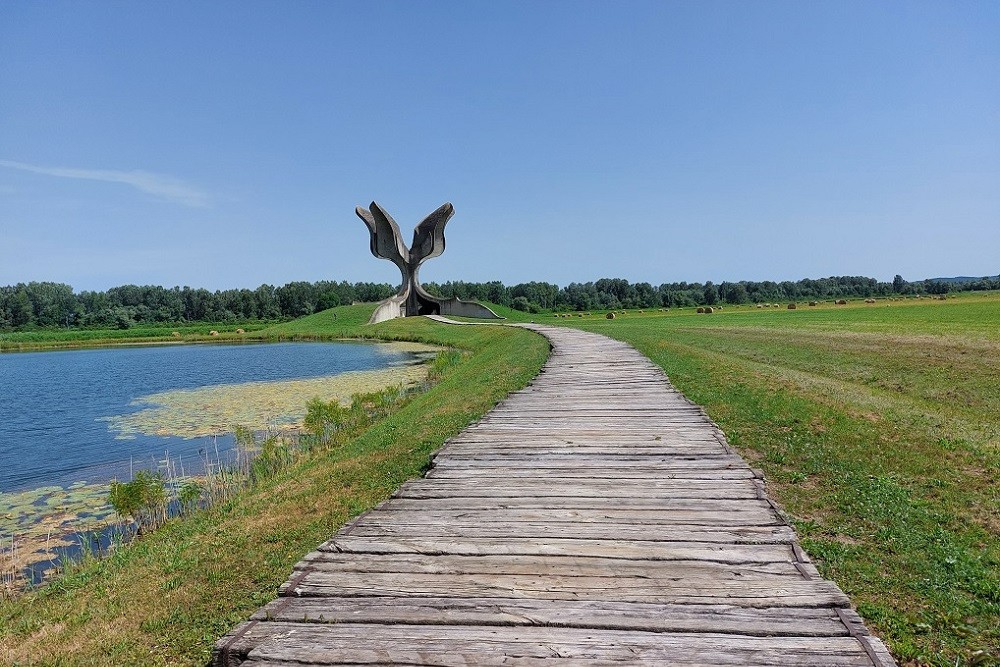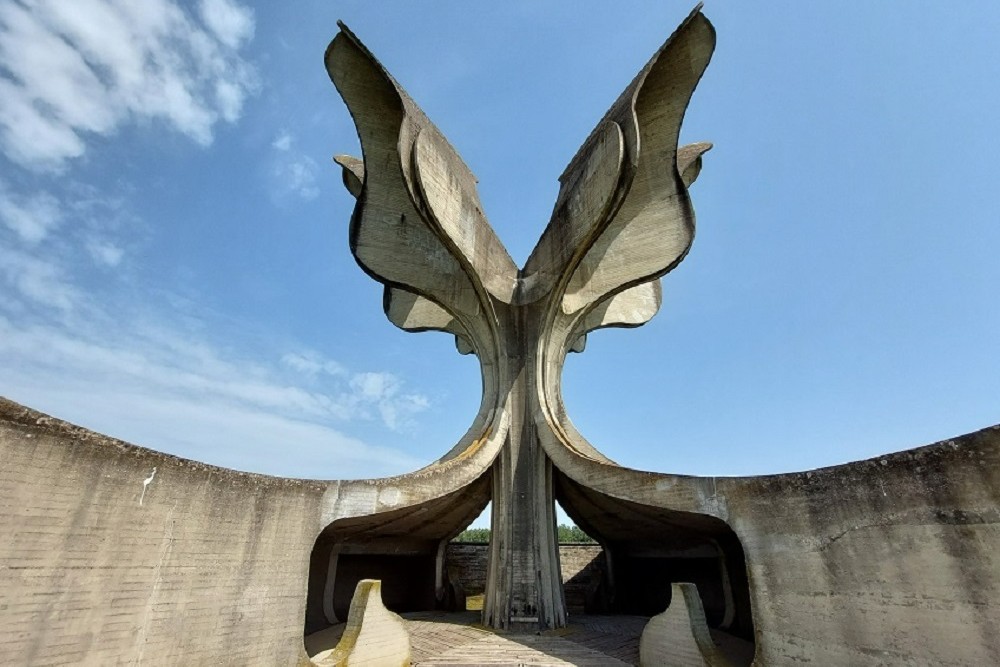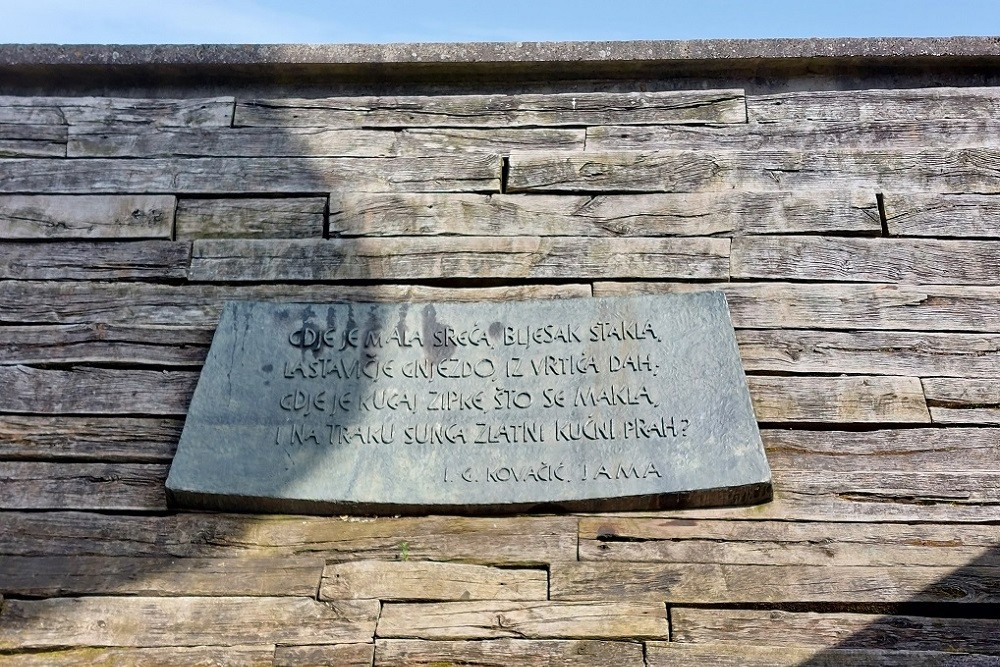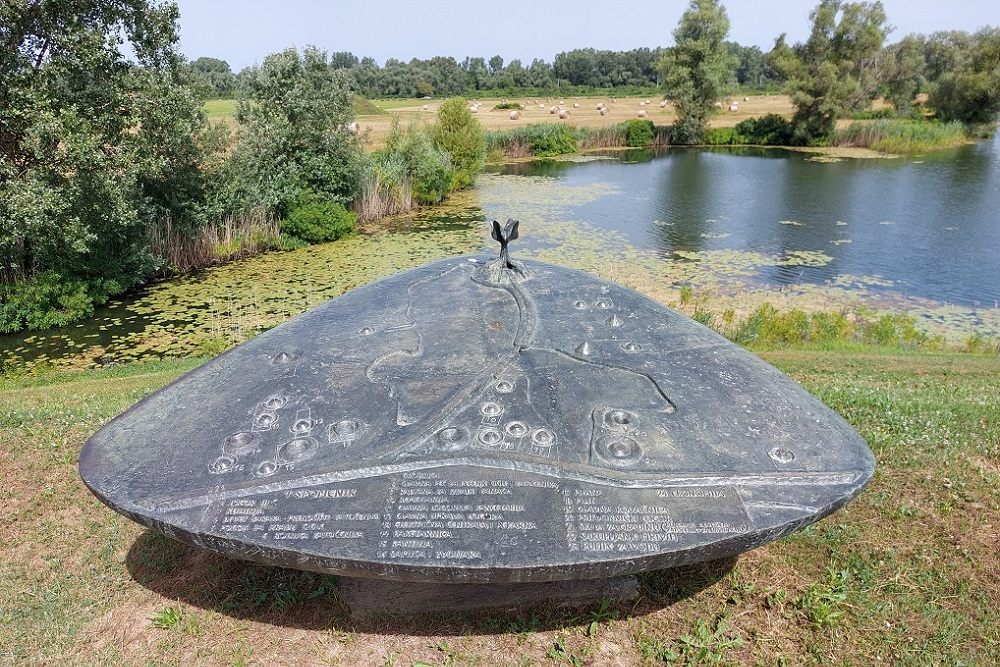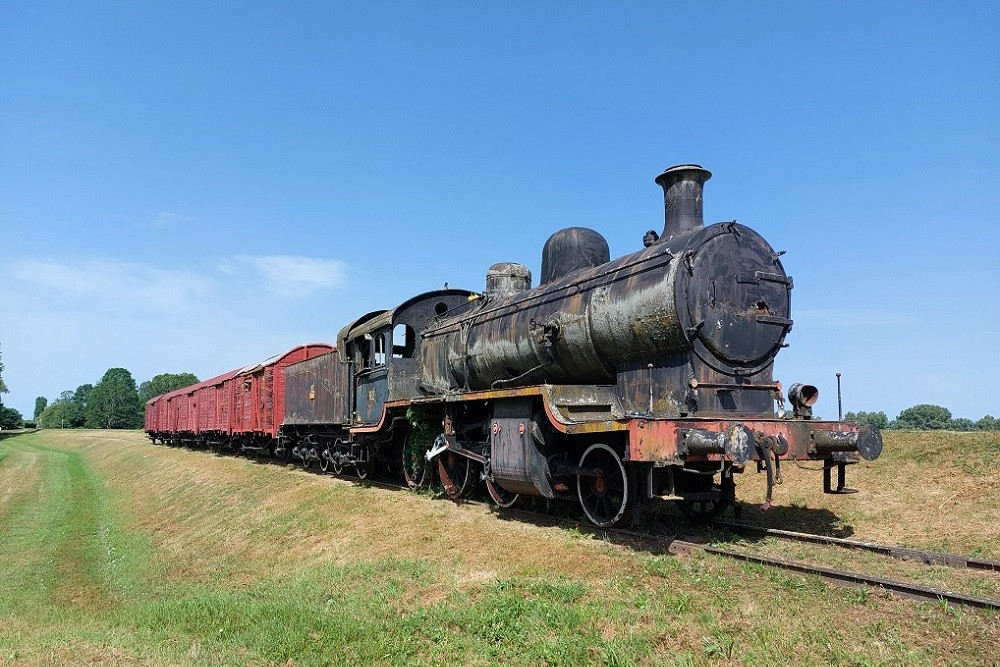Extermination Camp Jasenovac
The extermination camp Jasenovac was the largest concentration camp ever built in the Balkans. Jasenovac was established in mid August 1941 by the ultra-nationalist Ustaša movement and liberated in May 1945.
The Jasenovac complex (divided under 5 large and 3 smaller camps) was spread over 240 km². The most important camps of Jasenovac were:
- Krapje (Jasenovac I) - Closed in November 1941.
- Broèica (Jasenovac II) - Closed in November 1941.
- Ciglana (Jasenovac III) - Liberated in 1945.
- Kozara (Jasenovac IV) - Liberated in 1945.
- Stara Gradiška (Jasenovac V) - Liberated in 1945.
The complex held mainly ethnic Serbs, Jews, Roma and Croatian partisans.
Jasenovac is well-known for the many cruelties against the internees by the Ustaša, like the cremation of living internees, gassing, mass-executions and torture. There were two large liquidations in the history of Jasenovac, namely in the period 1941-1942 and in the second half of 1944. The exact number of casualties is unknown. Several sources have estimated that between 700,000 - 800,000 people were killed or died by the poor conditions in the period of 1941-1945.
When partisans approached the camp in April 1945, the Ustaša camp guards tried to erase traces. On 22 April 1945, 600 prisoners revolted of whom 520 were killed and 80 escaped. Before abandoning the camp, the Ustaša killed the last prisoners and destroyed most of the camp buildings.
The camp today:
There is not much left of the Jasenovac complex these days, but it is possible to visit a museum and large memorial on the main site of Jasenovac.
Do you have more information about this location? Inform us!
Source
- Text: Kaj Metz
- Photos: Stefan van History Hustle [YouTube]
